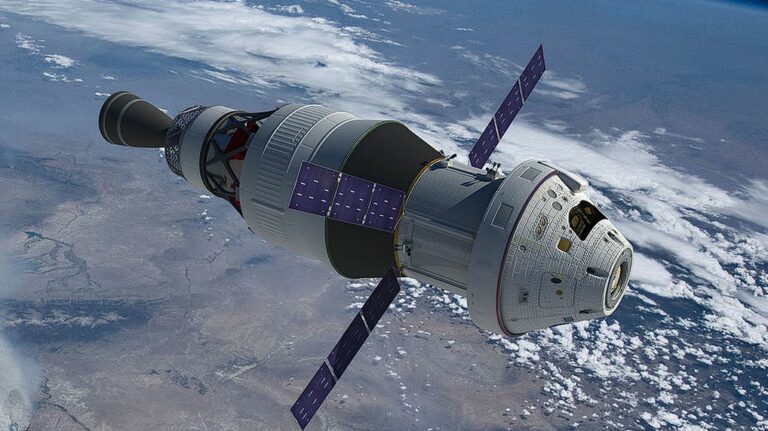After 65 years of lunar exploration, the United States is finally going to put its first autonomous rover on the moon. But this mission won’t be helmed by NASA engineers — instead, it is the brainchild of a dedicated group of college students.
The Iris rover was developed by students, faculty and alumni at Carnegie Mellon University in Pennsylvania over the span of three years. It is being carried to the moon as part of NASA’s Commercial Lunar Payload Services (CLPS) program, the agency’s foray into partnering with the commercial space industry. Initially, it was scheduled to launch in late 2021 or early 2022, but setbacks in NASA’s moon agenda delayed the launch to this spring.
The mission represents America’s first moon rover (NASA’s Viper rover is scheduled to launch next year), as well as the first rover to be developed by university students. The 4.4 pound (2 kilograms) rover has a chassis as big as a shoebox, and its carbon-fiber wheels are the size of bottle caps. Its 60-hour-long mission will be a primarily visual one: snapping images of the moon’s surface for geographic study. It will also test new localization techniques as it transmits data about its position back to Earth.
photos credit Artist concept of the Orion spacecraft NASA’s Marshall Space Flight Center
creative commons license
Ask me anything
Explore related questions





